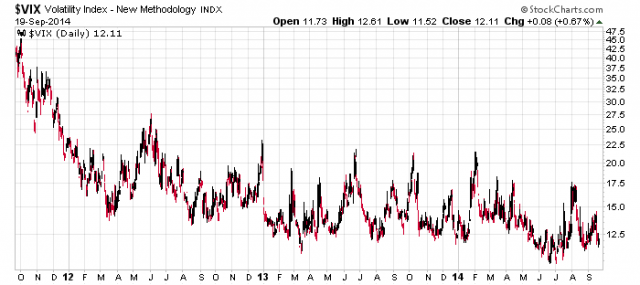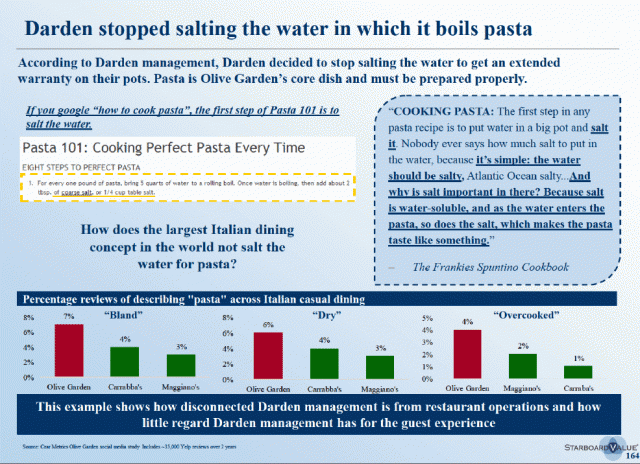I’ve written before about Blackberry (TSX: BB), but with a relatively large difference: I’ve been using a Q10 (the one with the keyboard) for a few months.
My mobile phone usage patters are relatively spartan, but I needed something with a keyboard on it. There was amazingly few options to choose from, so I picked up a Blackberry since it was the only thing available in Canada. I also do not feel compelled to be locked into a cell phone plan (which are all considerably more expensive than what I have presently, so would be functionally deferring the payment of the hardware device in the form of monthly cell plan payments), so I picked an unlocked phone for CAD$299 directly from Blackberry’s site. Surprisingly, the phone came a couple days after clicking on the purchase through FedEx. I also had concerns regarding second-hand phones (mainly that they were stolen and their IMEI would be blocked) and thus didn’t feel compelled to go down that route.
My previous phone could only be described as a very basic messaging phone that ran a proprietary Samsung operating system (not Android). It did the job until its touchscreen decided to slowly crap out. I have had little experience with the iPhone other than borrowing a friend’s on occasion. With Android (which is currently the world’s most popular mobile operating system), I do use it with a tablet, but only have used it with a phone on very rare occasion.
My quick no-BS review of the Blackberry Q10 is as follows: Once you get used to the user interface, it is a surprisingly good phone. It does a very good job of email and text management, especially how it consolidates multiple email accounts. Battery life is very lengthy, to the point that one generally doesn’t think about it. The browser is fine (although not a replica of what you would see on the tablet), but the relatively large drawback is the smaller screen (which is the tradeoff of having a keyboard). When turning off data, the Wi-fi function works seamlessly well with the rest of the phone. It is an incredibly functional device and a very large step up from what I previously had.
I generally do not use many other external applications. This is probably why I don’t mind the phone, while others seem to have a need to access the millions of pieces of junk software out there that are available to download (Candy Crush, etc, etc.) on Android. Curiously, the one Android application that I found is a “killer app” (which is an offline mapping application) works perfectly on Blackberry. It was shockingly seamless to get onto the phone and operate.
I will now discuss the investment analysis of Blackberry. Despite the fact that they are going to launch another (larger) phone with a keyboard, it will not materially matter for the company. The mobile phone market has well progressed beyond the stage where hardware no longer matters, and everything is about software.
The analogy is very similar to when personal computers (PCs) were hitting the mass market, and the bulk of the profit margins were not made with the hardware makers (Hewlett Packard, Compaq, Gateway and Dell), but rather the software makers (Microsoft functionally winning the winner-take-all market of operating system and office suite, while the rest were left with the scraps).
The mobile phone market has considerable differences to the PC analogy.
One is that it doesn’t matter what software the phone is running, they will all connect to the cellular network. All the major operating systems have basic functionality (email processing, text messaging, phone calls, contact list management, web browsing) that all perform roughly equivalent to each other. Other than consumer taste (or in the case of Apple, an element of positional good), there is little difference between the choices in terms of functionality. The big difference between the three is the ancillary services that they are able to offer. iPhone offers the Apple ecosystem. Android offers the Google ecosystem. Blackberry offers no real ecosystem, but allows access to the Android market.
Unlike Microsoft Windows during the days when operating systems mattered (if you didn’t run it, you couldn’t access anything that made your computer productive unless if you were into Unix), mobile operating systems matter a lot less and thus their relative market power is reduced. The application market (and choice) is a somewhat relevant consideration on the mobile end, but much less so than 20 years ago when Microsoft Office was the killer product. Today, there would be a “killer product” if only one offering had a functional web browser and had a huge patent moat to prevent others from getting it, but clearly that is not the case.
Apple and Google are going to have to figure out how to prevent mobile carriers from extracting most of the economic value out of the market, but this is another topic for another day.
The point of this post is that Blackberry could come out with the best hardware phone on the planet, and it will not make much difference on their profit margin because mobile phone hardware has more or less become commoditized like PCs were about 15 years ago. Instead, the money is to be made on the software end and the sale of ancillary services.
In Blackberry’s case, this comes in the form of providing business-level integration with corporate information systems. I am not sure how they are going to make this as profitable as it once was, but there is likely a market to be made considering that Android and iPhone were not designed with corporate concerns in mind (e.g. security is often-cited, although it remains to be seen how Blackberry can restore its reputation after giving its keys away to the government of India a few years ago). Another platform which they clearly have an advantage with is the issuance and tracking management of corporate-owned mobile devices.
The QNX operating system unit does have potential with embedded systems (e.g. automobiles and other devices), but this is mostly under the radar.
Finally, BBM is often cited as having value, and in an era where Snapchat and Whatsapp can fetch billion-dollar valuations, there would surely be some market value ascribed to an instant messaging network (although if you ask me, there is far less than what the market valuations would suggest).
So in terms of raw valuation, while Blackberry is going to launch a major new product this month, I very much doubt that it will lead to bottom line improvement. This would come elsewhere in the company’s pipeline. I suspect the new CEO, John Chen, realizes this, but also knows that public perception is an integral part of restoring Blackberry’s credibility, and this includes having good hardware to support the software that will be generating the actual profits.
So at CAD$11.80 or a $6.2 billion market cap, is this a buy or a sell? Too tough to say at present. I was thinking about it earlier this year at CAD$8 (which my gut-feeling suggests is a low, but not ridiculously low valuation for the technology pieces), but did not pull the trigger.

